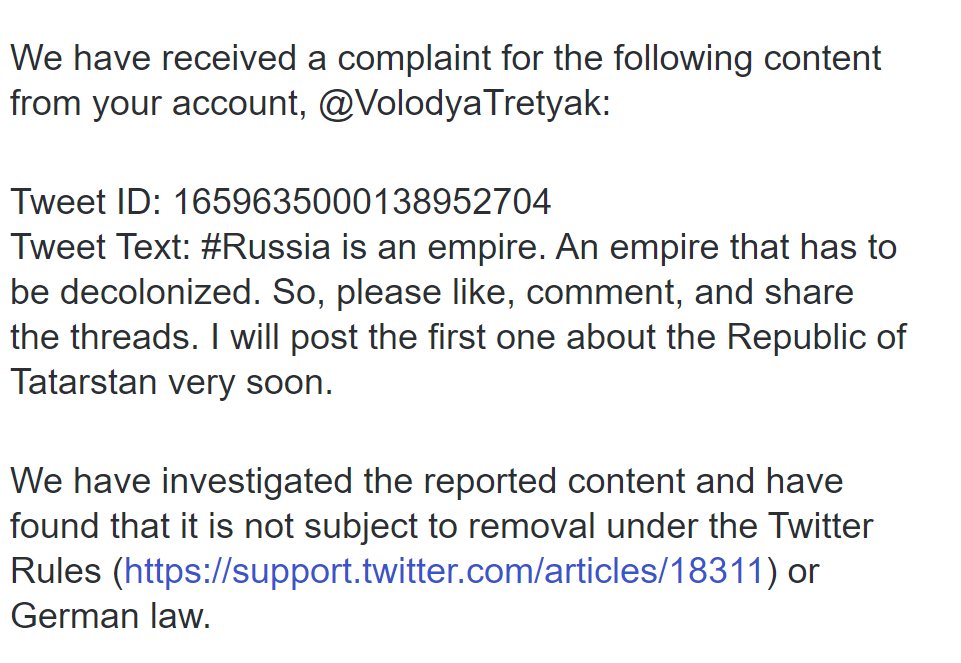Thread: Kalmykia #RussiaDecolonized
Today, we will explore the potential for the independence of the unique and culturally rich Republic of Kalmykia.
Today, we will explore the potential for the independence of the unique and culturally rich Republic of Kalmykia.

HISTORY
The history of Kalmykia dates back centuries. The Kalmyk people, who belong to the Oirat Mongols, originally lived in what is now Mongolia. In the 17th century, they migrated westward and settled in the territory that is now known as Kalmykia. /1
The history of Kalmykia dates back centuries. The Kalmyk people, who belong to the Oirat Mongols, originally lived in what is now Mongolia. In the 17th century, they migrated westward and settled in the territory that is now known as Kalmykia. /1

Later, they established cooperation with the Russian Tsardom. They protected Russian borders and, in return, gained access to nearby Russian markets. /2
The Kalmyk Khanate was also established in the 17th century. It experienced economic prosperity through trade with Russia, China, and neighboring Muslim countries in the south. /3
After the death of Ayuka Khan in 1724, Russia began to absorb the Kalmyk Khanate. In 1825, the annexation was officially completed according to the law passed in the Russian Empire. /4
Over time, the Kalmyk people faced efforts of Russification and religious conversion, as the Orthodox Christian faith was introduced to the region. Despite these attempts, many Kalmyks still practice Buddhism, their traditional religion. /5
During the Russian Civil War, some Kalmyks fought for the White Army, resulting in their defeat and subsequent immigration to other countries. Additionally, many Kalmyks saw the potential of Communism to support their own identity through the corenization policy. /6
Kalmyks suffered greatly during the collectivization measures in the 1930s in the USSR since they lived in rural areas and relied on agriculture and livestock. Tens of thousands died due to famines. /7
Similar to other indigenous nations of the Russian SSR, in 1943-44, most Kalmyks were brutally deported in Siberia, and one-third of the population did not survive the deportation. City names were changed, and their history was no longer studied. /8 

After the dissolution of the Kalmyk ASSR and the deportation of the entire Kalmyk population to Siberian regions, a de facto prohibition was placed on the study of Kalmyk history, as Stalin sought to erase their existence from the annals of history. /9
In 1957, as part of Khrushchev's destalinization campaign, the Kalmyks were officially rehabilitated. Many Kalmyks returned to their homeland, and the region's autonomy was reinstated. However, Kalmykia had become populated by other ethnic groups, primarily Russians. /10 

It is important to note that the restored Kalmykia was smaller in size than before Stalin's genocidal acts. The region did not regain significant territories with access to the Volga River and the Caspian Sea. A comparison of maps clearly illustrates this discrepancy. /11 



On November 14, 1989, the Supreme Soviet of the USSR recognized the deportation of the Kalmyks and other repressed peoples as a "barbaric act of the Stalinist regime" and a grave crime. /12
Despite the recognition, rehabilitation, and subsequent efforts by the Kalmyk people after the collapse of the USSR, the republic was unable to regain its original size. /13
In 2007, the Supreme Arbitration Court of the Russian Federation ruled that the disputed territory should be incorporated into the Astrakhan Oblast. /14
GEOGRAPHY
Kalmykia is located in southwest Russia, a few hundred kilometers to the
north of the Caucasus mountains. Kalmykia has a strategically important geopolitical position in Russia, sitting astride both north-south and east-west transcontinental transport corridors /15


Kalmykia is located in southwest Russia, a few hundred kilometers to the
north of the Caucasus mountains. Kalmykia has a strategically important geopolitical position in Russia, sitting astride both north-south and east-west transcontinental transport corridors /15



ECONOMY
Traditionally, the Kalmyk people have been engaged in livestock production, reflecting their nomadic heritage. The republic is also endowed with natural resources such as coal, oil, and natural gas. /17
Traditionally, the Kalmyk people have been engaged in livestock production, reflecting their nomadic heritage. The republic is also endowed with natural resources such as coal, oil, and natural gas. /17
Although the oil reserves in Kalmykia are not extensive, they should be sufficient to provide economic benefits to the republic, considering its relatively small population. /18
https://twitter.com/818459558104461312/status/1599621100627169281
However, like many regions in Russia, Kalmykia is grappling with economic stagnation. The landscape of Kalmykia has experienced significant desertification, posing a threat to the livelihoods of the farmers who inhabit the steppe. /19 



This phenomenon has been exacerbated since the second half of the 20th century due to poor planning, unregulated grazing practices, and the effects of climate change. /20
Modern-day Kalmykia is strongly influenced by its first and last president, Kirsan Ilyumzhinov, who served from 1993 to 2010. Ilyumzhinov, also a renowned figure in the world of chess, held the position of FIDE president for many years. /21 
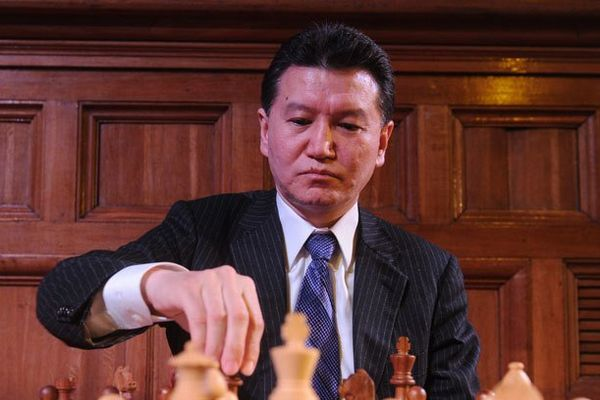
Under his leadership, chess became compulsory in schools, and he invested substantial part of the budget in Chess City, a chess academy and theme park located in Elista, Kalmykia's capital. /22
However, Chess City now stands abandoned and serves no purpose. Elista, the capital of Kalmykia, failed in becoming the chess capital of the world. /23
In 1998, Larisa Yudina, a publisher of an opposition newspaper, raised questions about the large investments in chess and accused Ilyumzhinov of corruption. Tragically, that same year, Yudina was fatally stabbed in Elista. /24
The individuals convicted of Yudina's murder were government aides from Kalmykia, and one of them was an advisor to Ilyumzhinov. However, Ilyumzhinov himself was not proven guilty in relation to the crime. /25
Overall, the economic situation in the republic is unfavorable. In various economic rankings, Kalmykia consistently ranks among the bottom 10 out of 80 Russian federal subjects. /26 
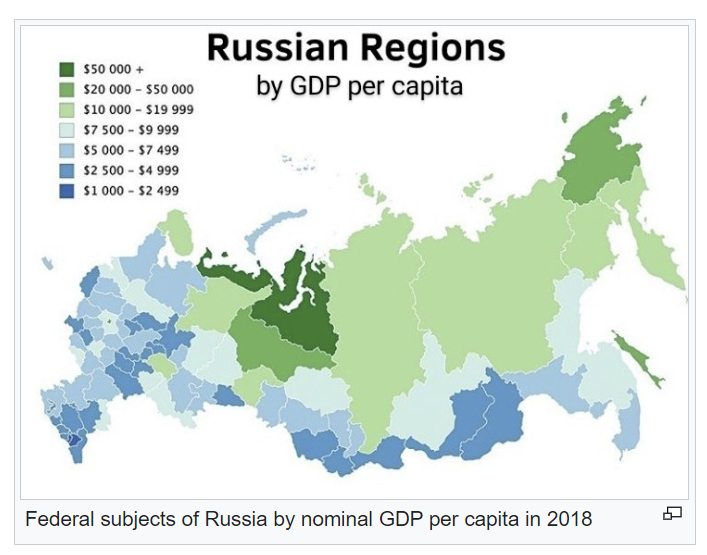
POPULATION
Kalmykia is a sparsely populated republic, with approximately 300,000 people residing in an area of around 30,000 square miles. /27
Kalmykia is a sparsely populated republic, with approximately 300,000 people residing in an area of around 30,000 square miles. /27

Although Kalmyks form the majority in the region, the population of the republic is not experiencing growth. Many individuals choose to leave due to economic stagnation. /28
Despite the historical hardships of XX century, the Kalmyks have successfully revitalized their cultural identity. For instance, prior to 1988, there was not a single Buddhist temple in the republic due to Soviet policies. However, today there are over 30 temples. /29 
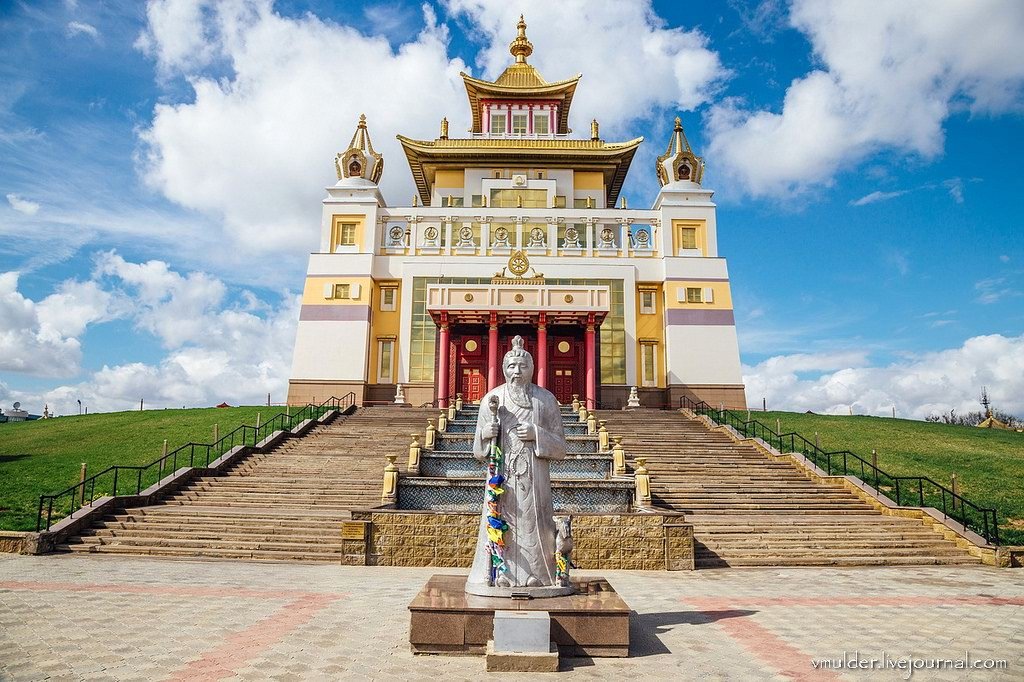
On the other hand, the Kalmyk language is categorized as "Definitely endangered" by UNESCO. Many Kalmyks no longer speak the language as native speakers. /30
FREEDOM MOVEMENTS
Kalmykia declared sovereignty in 1990. However, like many other republics we have studied, it experienced a reduction in its autonomous rights starting from the mid-1990s.
In the past century, there were no significant freedom movements in Kalmykia. /31
Kalmykia declared sovereignty in 1990. However, like many other republics we have studied, it experienced a reduction in its autonomous rights starting from the mid-1990s.
In the past century, there were no significant freedom movements in Kalmykia. /31
However, currently, there is a notable and active movement taking place.
The Oirat Kalmyk Congress is a national organization representing the Kalmyk people. It was established in 2015 to address the social, economic, and cultural issues faced by the Kalmyks. /32
The Oirat Kalmyk Congress is a national organization representing the Kalmyk people. It was established in 2015 to address the social, economic, and cultural issues faced by the Kalmyks. /32
Throughout its existence, the organization has faced pressure and persecution of its members.
In 2022, the Congress openly expressed opposition to the war. /33
In 2022, the Congress openly expressed opposition to the war. /33
On October 27, 2022, they published a declaration of independence for Kalmykia and proclaimed the establishment of an independent Kalmyk state. /34 

The chairman of the congress, A.B. Sandzhyiev, emphasized that for the past 400 years, the Kalmyks have participated in all military conflicts on the side of Russia, but now it is time for them to act in their own interests and take care of their homeland. /35
The actions of the Congress were supported by their Busshists leader Telo Tulku Rinpoche, who, along with many activists, left Russia in 2022. /36 

Overall, there is currently a relatively strong pro-independence movement, with active participation from activists abroad, the Kalmyk diaspora, and more. /37 



CONCLUSION
Kalmykia, being the only Buddhist region in Europe, holds a unique position. Although it currently faces economic stagnation, there remains potential for prosperity. /38
Kalmykia, being the only Buddhist region in Europe, holds a unique position. Although it currently faces economic stagnation, there remains potential for prosperity. /38
One of the challenges Kalmykia might encounter in establishing independence is its small population. A century ago, the number of Kalmyks exceeded the present population.
However, the future prospects with Russia do not offer much promise for the Kalmyks. /39
However, the future prospects with Russia do not offer much promise for the Kalmyks. /39
The fight for independence stands as the sole path to safeguarding the rich Kalmyk culture and unlocking remarkable economic development. /40 

Thank you for reading and consider to support the project by buying me a coffee. Likes, retweets, and comments are also helpful. Thank you for your support!
buymeacoffee.com/VTretyak /41
buymeacoffee.com/VTretyak /41
Please engage with and share these thread series. Even small actions like liking, commenting, and sharing can contribute to the cause of ending Russian imperialism. All the threads are available on the website:
russiadecolonized.com /42
russiadecolonized.com /42
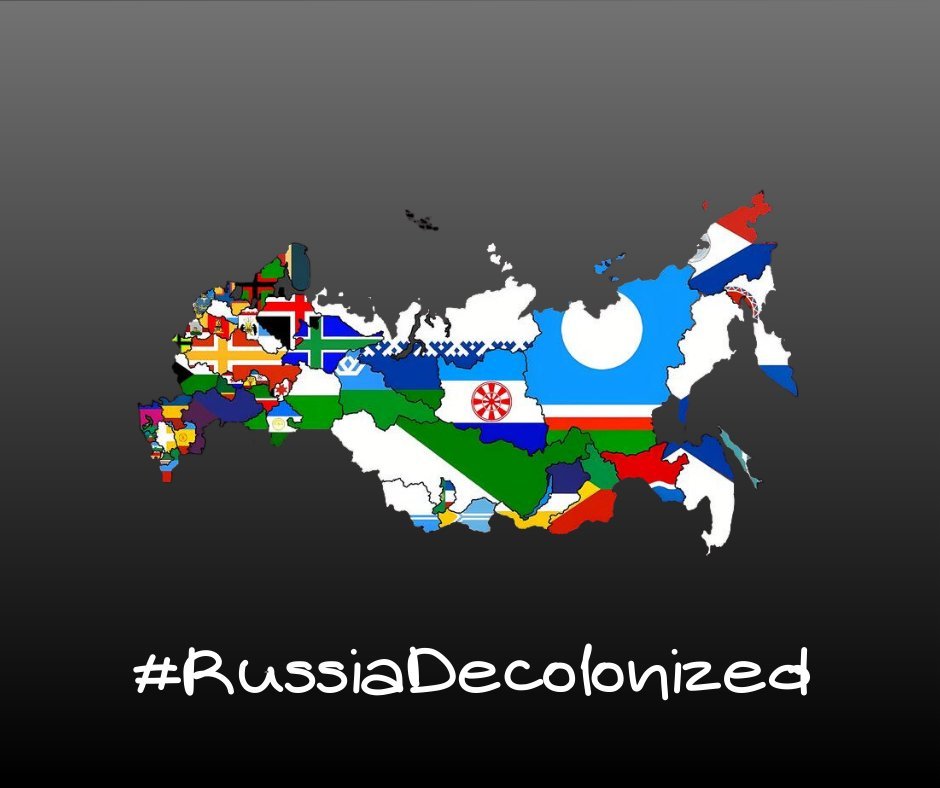
• • •
Missing some Tweet in this thread? You can try to
force a refresh

 Read on Twitter
Read on Twitter












